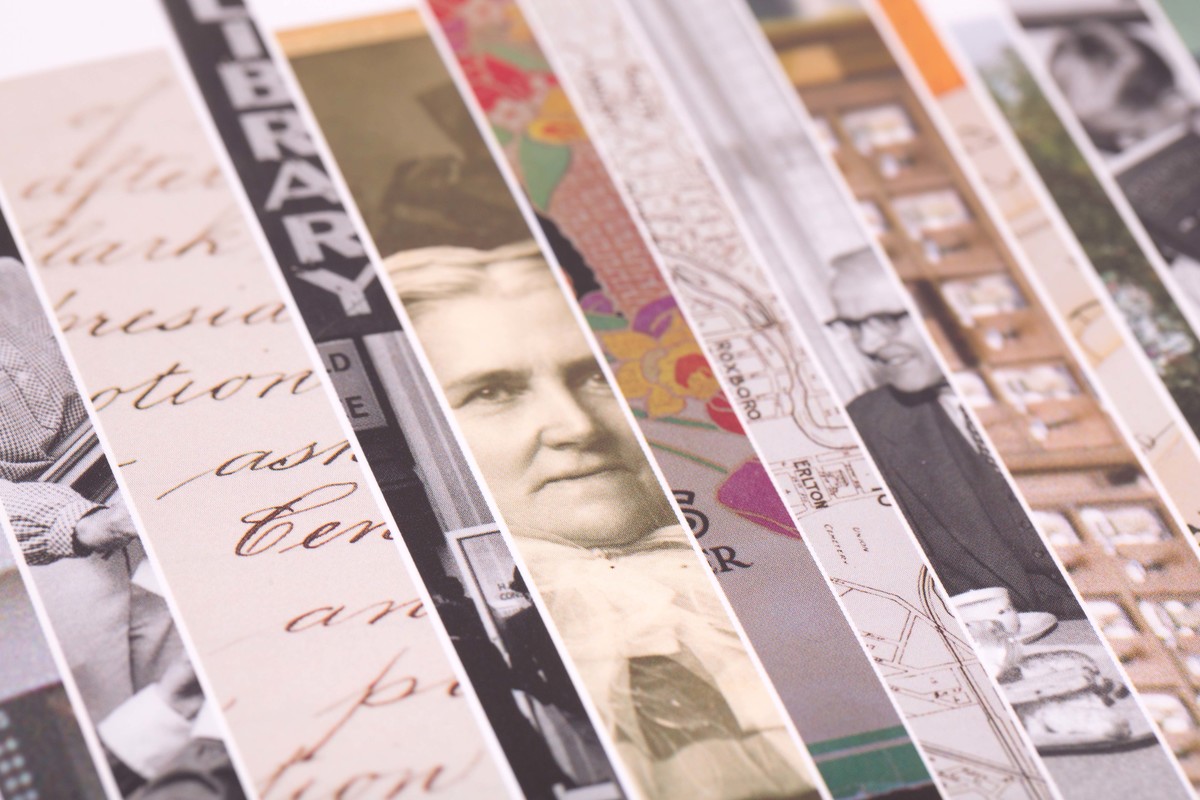Historic stories and images
-
Firehall #6 is a heritage building that was constructed in 1906 and served as a fire station until 1967.
-
Just in time for Halloween, The City is sharing spooky ghost sightings inside Historic City Hall.
-
A "very conservative woman, not particularly interested in women’s suffrage," Annie Gale was an unlikely politician. Read the full story.
-
In 1910, the Calgary Daily Herald published a short series of page-one profiles on civic officials, all of whom still worked for The City of Calgary when the newly built City Hall opened the following year.
-
William Marshall Dodd, winner of the commission to design City Hall.
-
The reporter probably thought his small bit of graffiti on a piece of property belonging to The City of Calgary was so discreet no one would find it.
-
Royal visits have been among the most momentous civic events at Calgary’s historic City Hall.
-
With every hammer tap on her chisel, stonemason Tina Hart is bringing our city’s history back to life.
-
After the great fire of 1886, locally-quarried Paskapoo sandstone largely replaced timber-frame construction in Calgary’s business district.
-
The widespread use of sandstone in Calgary between 1886 and 1914, and a major construction boom before the First World War, helped attract a pool of skilled craftsmen to the city.
-
One of City Hall’s most defining features is its five-story sandstone clock tower.
-
Constructed from locally sourced Paskapoo sandstone, the four-storey structure was built for $300,000.
-
At the dawn of the twentieth century, Calgary was a promising young city which many officials and residents believed was destined for greatness.
-
What features define Historic City Hall as a heritage landmark? Its materials, forms, location, and cultural associations are just a few of the character defining elements that contribute to its heritage value.
-
From architect William M. Dodd’s earliest plans, Historic City Hall was built first and foremost as a public building—a place for the people.


